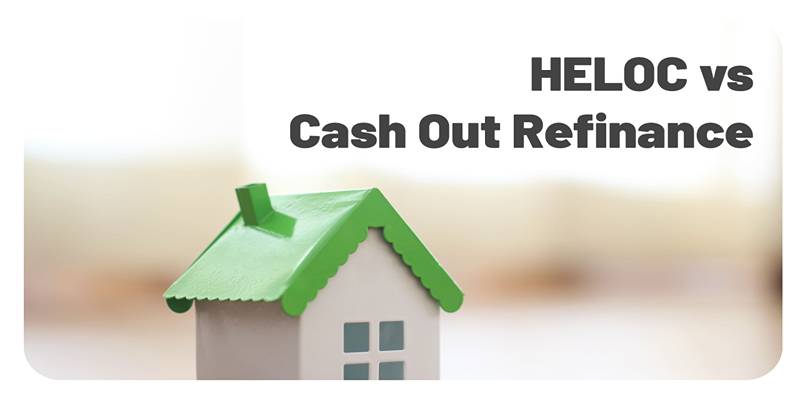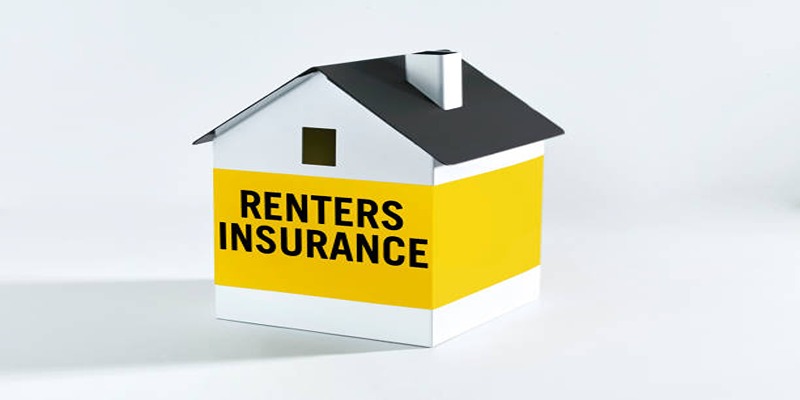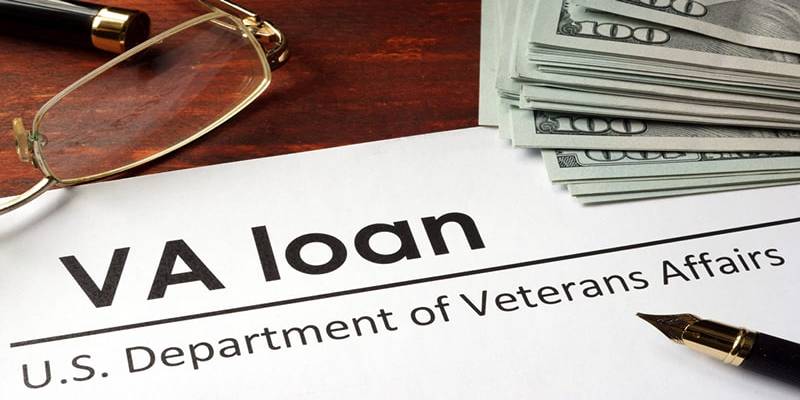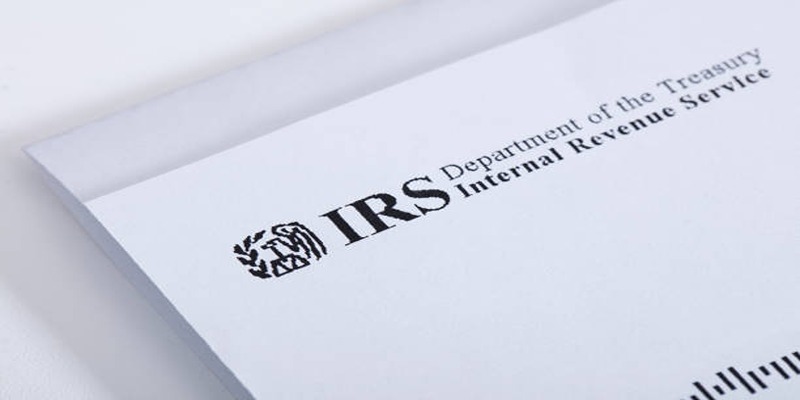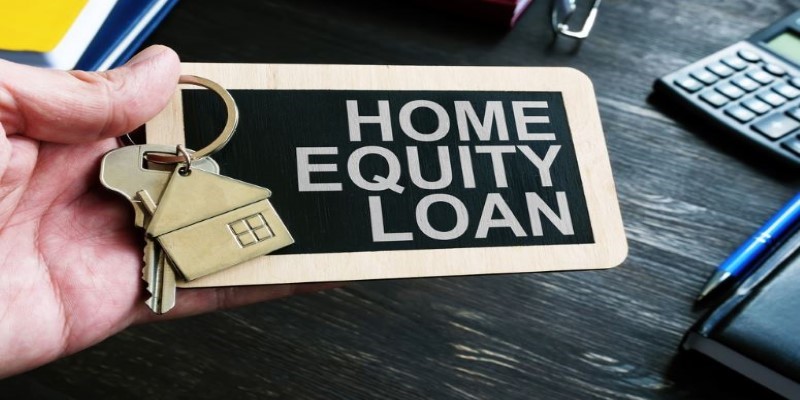One well-known and useful benefit for veterans, current military members, and their families is VA loans, which are mostly used to buy a main residence. Numerous perks make these loans very popular, including not needing a down payment, lower interest rates, and less strict credit requirements. A lot of people don't know this, though: VA loans can also be used in some situations to buy a second home.
VA loans are mostly meant to help veterans buy their main homes, but they can also be used to buy a second home, like a vacation home or a home in a different area because they need to move. Anyone thinking about getting a VA loan for a second home needs to know how they work, who can get them, and what their restrictions are.
How Does a VA Loan for a Second Home Work?
While the use of a VA loan for a second home follows many of the same processes as a primary home loan, there are some key differences. Here’s how it generally works:
1. Eligibility Requirements
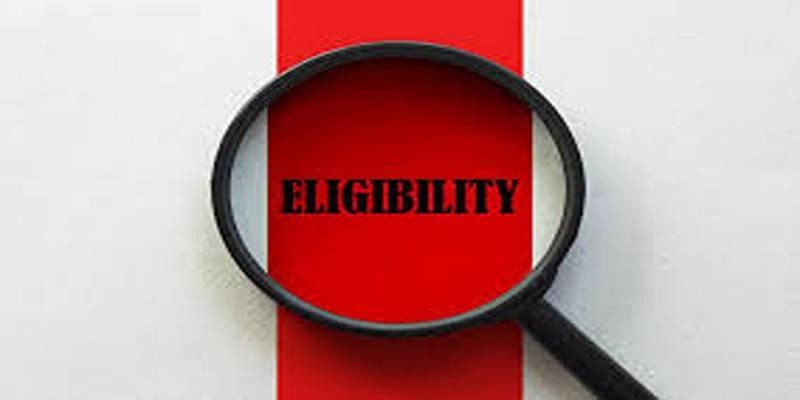
Like any VA loan, the borrower must meet certain eligibility criteria to use a VA loan for a second home. It includes fulfilling service requirements, which vary depending on the type of military service and the duration of that service. Veterans, active-duty service members, and eligible surviving spouses are generally eligible for VA loans, but the specific rules may vary depending on the situation.
2. Occupancy Requirement
According to the VA, the home must be used as the borrower's main home within a certain amount of time after the loan ends. In this case, both main homes and second homes are included. Although the renter has to plan to live in the home, there are times when this isn't necessary, like when moving for work or military orders.
In cases where the borrower is purchasing a second home due to a military transfer or job relocation, the VA may allow the second home to be financed with a VA loan. However, if the home is purchased for recreational purposes or as an investment property, it may not be eligible for VA financing.
3. Loan Limits and Funding
VA loan limits are based on the county in which the property is located. These limits determine how much a borrower can borrow without needing a down payment. For second homes, the same limits apply, but the borrower may have to pay the difference between the county limit and the total loan amount if the second home exceeds the limit.
Unlike conventional loans, the VA does not require a down payment for eligible borrowers, but if the loan amount exceeds the county limit, the borrower may need to cover a portion of the cost out-of-pocket.
4. Property Type Restrictions
The second home purchased with a VA loan must meet certain property guidelines set by the VA. For instance, the home must be safe, habitable, and meet basic structural standards. The VA does not allow the loan to be used for properties that are not intended for residential purposes, such as commercial properties or properties needing extensive repairs. The home must be suited for living and must be considered a primary residence, even if the borrower intends to use it as a secondary property.
5. Mortgage Insurance and Costs
Unlike conventional loans, VA loans do not require private mortgage insurance (PMI), even if the borrower is putting down less than 20%. It can make purchasing a second home with a VA loan more affordable in terms of monthly payments. However, borrowers are required to pay a funding fee, which can vary depending on factors such as the size of the down payment and the borrower’s military status.
The funding fee is typically higher for second-use VA loans, so it’s essential to factor in these costs when considering financing a second home. This fee can be financed into the loan amount, reducing the immediate out-of-pocket expense for the borrower.
Advantages of Using a VA Loan for a Second Home

There are several benefits to using a VA loan to purchase a second home, especially compared to other types of financing:
1. No Down Payment
One of the most significant advantages of using a VA loan for a second home is the ability to finance the home without a down payment. For most conventional loans, buyers must pay 10% to 20% of the home’s value upfront, which can be a significant barrier to purchasing a second home. With a VA loan, this hurdle is eliminated.
2. Lower Interest Rates
VA loans often come with lower interest rates than conventional loans, which can make purchasing a second home more affordable in the long run. These lower rates help reduce the total cost of the loan over time, providing veterans with a more cost-effective option for purchasing a second property.
3. No PMI Requirements
Unlike conventional loans, which often require private mortgage insurance (PMI) when the borrower puts down less than 20%, VA loans do not require PMI. It can result in significant savings on monthly payments, making it easier for veterans to afford their second home.
4. More Relaxed Credit Requirements
VA loans are generally more forgiving in terms of credit requirements compared to conventional loans. It is particularly beneficial for veterans who may have less-than-perfect credit or who have experienced financial hardship. The more relaxed credit standards can make it easier to qualify for a VA loan, even when purchasing a second home.
Conclusion
VA loans are a valuable resource for veterans and active-duty service members, offering significant financial benefits when purchasing a primary residence. While the option to use a VA loan for a second home exists, it comes with certain restrictions and eligibility requirements that must be carefully considered. For veterans looking to purchase a second home, it’s crucial to understand the VA’s guidelines, including occupancy requirements, property types, and loan limits.



